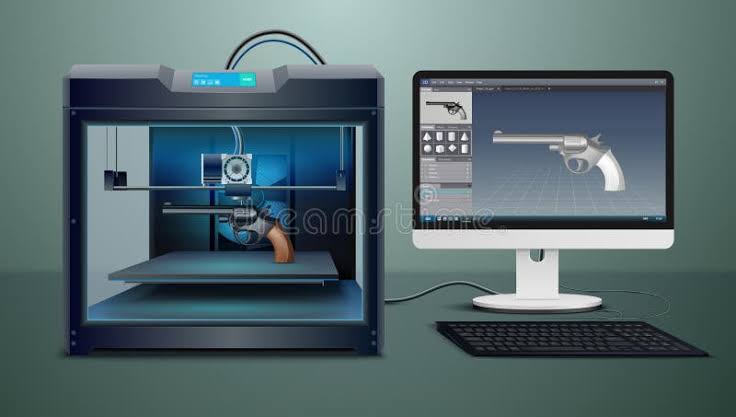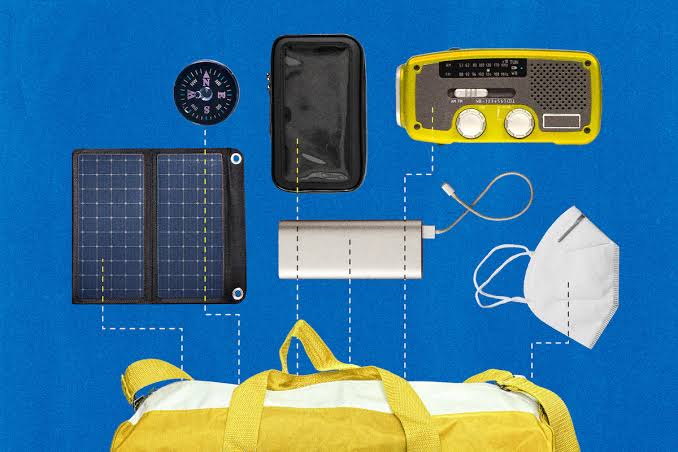3D printing technology has evolved from an experimental niche into a widely adopted tool across various sectors. From healthcare and aerospace to education and personal DIY projects, 3D printers are changing the way we design, manufacture, and prototype physical objects.
They offer unprecedented flexibility in creating complex shapes and custom solutions that were once impossible or highly expensive through traditional methods. However, despite the rapid advancements, 3D printing also presents a series of challenges and limitations that potential users should be aware of. Understanding both the benefits and drawbacks of this technology is crucial before investing in or depending on it for personal or professional use.
The Customization and Design Freedom Advantage
One of the most compelling advantages of 3D printing lies in its ability to produce highly customized and intricate designs without the need for traditional molds or manufacturing constraints. This makes it ideal for sectors where personalization is key, such as prosthetics, dental aligners, and fashion accessories.
In 2025, design software has become more intuitive, allowing even non-experts to design personalized objects using AI-assisted CAD tools. Artists, engineers, and medical professionals can now quickly prototype concepts, iterate on designs, and manufacture final models all from a single machine. This design freedom empowers users to solve specific, often local problems with precision and creativity.
Faster Prototyping and Time Efficiency
Rapid prototyping remains one of the core strengths of 3D printing. Instead of waiting weeks or months for a factory to manufacture a prototype, designers and developers can now create tangible versions of their products within hours. This speed drastically reduces development cycles for startups and large firms alike.
For instance, car manufacturers now use 3D printing to prototype new engine parts or car interiors and test them almost immediately. In 2025, improvements in print head speed and material layering have made it possible to complete medium-complexity prints overnight. This acceleration allows for faster decision-making, shorter product launch timelines, and better responsiveness to market changes.
Reduced Waste and Environmental Efficiency
Compared to traditional subtractive manufacturing methods, which involve cutting away materials, 3D printing is inherently additive. It uses only the material required to create the object, resulting in minimal waste. This efficiency makes it attractive in industries focused on sustainability, such as green architecture or eco-product design.
Additionally, in 2025, bio-based and recyclable filament options like PLA+, PETG-R, and carbon-neutral composites have become mainstream. Companies are increasingly using recycled plastics or biodegradable materials, significantly reducing the carbon footprint of the production process. While it doesn’t make manufacturing entirely eco-friendly, it does represent a shift toward more responsible practices.
Cost-Effective for Small-Scale Production
For small-batch manufacturing, 3D printing can be significantly more affordable than traditional methods. Setting up an injection molding process requires costly molds and minimum order quantities, whereas 3D printers can produce items one by one with no setup costs.
This is particularly beneficial for startups, artisans, and researchers who require low-volume, specialized components. In 2025, high-resolution desktop printers capable of industrial-grade results can be purchased for under $2,000, and services like on-demand 3D printing platforms have lowered the barrier for entry even further. The financial accessibility of 3D printing technology has democratized manufacturing in ways never seen before.
On-Demand and Decentralized Manufacturing
3D printing allows for the production of objects exactly when and where they are needed. This eliminates the need for large inventories and expensive warehousing. In emergency scenarios such as disaster relief or remote field operations, the ability to print replacement parts or tools on-site can save critical time.
For instance, humanitarian organizations and space missions now use portable 3D printers to fabricate essential supplies on demand. In 2025, with cloud-based printing platforms and file sharing, engineers can collaborate globally and send designs instantly for printing in different regions, making manufacturing a more decentralized and resilient system.
Technological Limitations and Print Quality Issues
Despite its benefits, 3D printing still faces several technological hurdles. One of the most common drawbacks is inconsistent print quality. Achieving smooth, high-resolution finishes often requires post-processing, such as sanding, polishing, or chemical treatments. Warping, layer separation, or incomplete prints are frequent issues, especially with budget or entry-level printers.
Even in 2025, while machines have improved, problems related to temperature regulation, mechanical precision, and filament consistency still impact reliability. For professional-grade results, users often need to invest in industrial 3D printers, which can cost tens of thousands of dollars, making it less feasible for casual or small-scale users.
Material Constraints and Mechanical Strength
Another major drawback is the limited range of usable materials. While the material palette has expanded in recent years, 3D printing still cannot replicate the mechanical properties of many metals, ceramics, or specialized polymers used in traditional manufacturing.
Parts made from standard filaments like PLA or ABS may lack the tensile strength, heat resistance, or durability required for certain applications. Even high-performance materials like nylon carbon fiber or PEEK are expensive and difficult to print without specialized hardware. In industries like aviation or medical implants, traditional methods still offer superior strength and regulatory compliance.
High Learning Curve for New Users
Although 3D printing software and hardware have become more user-friendly, there remains a significant learning curve. Users must become familiar with 3D modeling, slicer settings, printer calibration, and troubleshooting techniques. Mistakes during the design or printing stage can lead to wasted time and materials. In 2025, online tutorials, forums, and AI assistants have made learning easier, but success still demands patience and practice. Newcomers without a technical background may find the process overwhelming, particularly when dealing with advanced features like dual extrusion, resin printing, or print bed leveling.
Safety, Health, and Regulatory Concerns
Safety is another concern in the growing world of 3D printing. Fused Deposition Modeling (FDM) printers emit ultrafine particles and volatile organic compounds that can pose respiratory risks in unventilated areas. Resin-based printers use chemicals that can cause skin irritation or environmental hazards if not handled properly.
By mid-2025, global health authorities have issued updated safety guidelines, including the use of enclosures, air purifiers, and protective gear. However, compliance varies widely, especially among home users. Furthermore, legal frameworks around 3D-printed weapons, counterfeit parts, and intellectual property theft are still catching up, leading to unresolved ethical and regulatory issues.
Economic Disruption and Job Implications
The widespread adoption of 3D printing has the potential to disrupt existing manufacturing jobs, especially in developing countries where labor costs traditionally drive outsourcing. As companies begin to localize and automate production, there may be reduced demand for factory labor.
While new jobs are emerging in 3D modeling, machine maintenance, and material science, the transition is not seamless. As of 2025, educational institutions are updating vocational programs to include additive manufacturing, but workforce displacement remains a concern. Policymakers and businesses need to balance innovation with social responsibility to minimize economic shocks.
Conclusion: A Tool with Great Potential and Necessary Caution
In conclusion, 3D printing represents a remarkable advancement in how we design, prototype, and manufacture products. Its benefits are substantial: greater design freedom, faster development cycles, less material waste, and the possibility of decentralized manufacturing. However, these advantages must be weighed against its limitations, including inconsistent print quality, material restrictions, safety concerns, and economic impacts.
As of June 2025, the technology is more accessible and capable than ever, but it is not a one-size-fits-all solution. Anyone considering 3D printing—whether for business, education, or personal use—should do so with a clear understanding of both its power and its boundaries.



